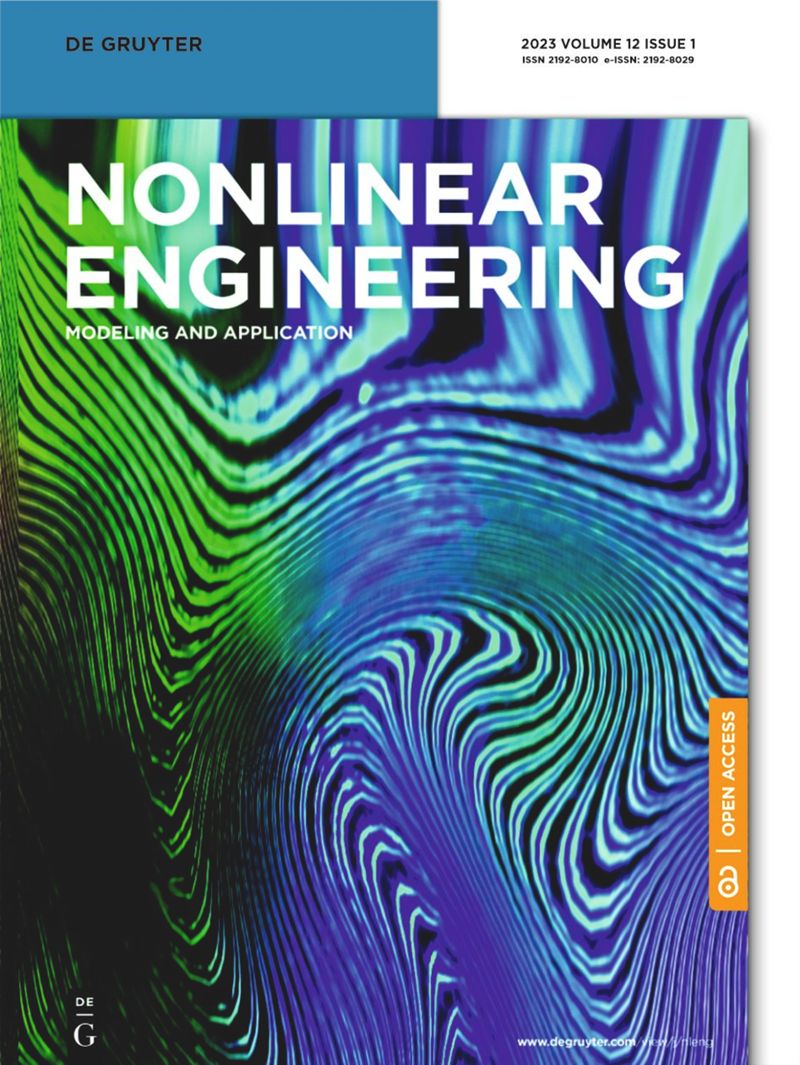被动和主动吸烟数学模型:最优和动态控制的作用
IF 1.5
Q2 ENGINEERING, MECHANICAL
引用次数: 2
摘要
吸烟已成为全球健康问题的主要原因之一。它几乎伤害了身体的每一个器官。它会导致肺癌和不同肌肉的损伤。它还会导致血管恶化、肺部疾病和溃疡。吸烟除了对烟草生产商、制造商和广告商有金钱上的好处外,没有其他好处。鉴于此,本文从戒烟动力学的角度分析了吸烟数学模型的被动暴露和主动暴露。在此背景下,对具有五类的吸烟模型进行了数学建模和定性分析。为了了解最优控制和动态控制,计算了平衡无烟点和有烟点的数学形式。利用李雅普诺夫函数理论,给出了阈值参数r0 < 1 {R}_{0}\lt 1时无烟平衡的全局渐近行为。运用理论观察法和图形观察法来研究单个烟点的一般行为。为了制定有效、有力、真实、稳定的疾病控制策略,我们进行了阈值参数和疾病、目前公寓的敏感性检验。本文章由计算机程序翻译,如有差异,请以英文原文为准。
A passive verses active exposure of mathematical smoking model: A role for optimal and dynamical control
Abstract Smoking has become one of the major causes of health problems around the globe. It harms almost every organ of the body. It causes lung cancer and damage of different muscles. It also produces vascular deterioration, pulmonary disease, and ulcer. There is no advantage to smoking except the monetary one to the tobacco producers, manufacturers, and advertisers. Due to these facts, a passive verse active exposure of mathematical smoking model has been analyzed subject to the dynamical aspects for giving up smoking. In this context, mathematical modelling and qualitative analysis have been traced out for smoking model having five classes. Mathematical forms of smoke absent and smoke present points of equilibrium have been calculated for knowing optimal and dynamical control. By making use of the Lyapunov function theory, we have shown the global asymptotic behavior of smoke-free equilibrium for threshold parameter R 0 < 1 {R}_{0}\lt 1 . The ability to observe theoretically and through graphs is invoked to study the general behavior of single smoke present point. To make effective, vigorous, authentic, and stable strategies to control the disease, we have performed the sensitivity examination of threshold parameter and disease, present apartments.
求助全文
通过发布文献求助,成功后即可免费获取论文全文。
去求助
来源期刊
CiteScore
6.20
自引率
3.60%
发文量
49
审稿时长
44 weeks
期刊介绍:
The Journal of Nonlinear Engineering aims to be a platform for sharing original research results in theoretical, experimental, practical, and applied nonlinear phenomena within engineering. It serves as a forum to exchange ideas and applications of nonlinear problems across various engineering disciplines. Articles are considered for publication if they explore nonlinearities in engineering systems, offering realistic mathematical modeling, utilizing nonlinearity for new designs, stabilizing systems, understanding system behavior through nonlinearity, optimizing systems based on nonlinear interactions, and developing algorithms to harness and leverage nonlinear elements.

 求助内容:
求助内容: 应助结果提醒方式:
应助结果提醒方式:


